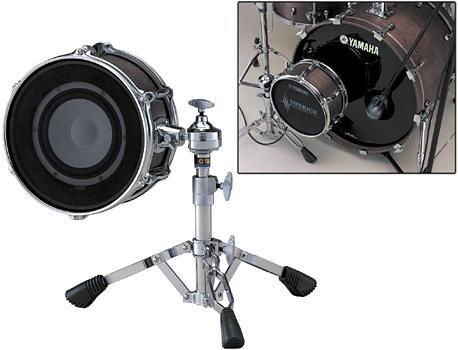qpwoeiruty
New Head-Fier
- Joined
- Apr 20, 2011
- Posts
- 33
- Likes
- 10
I find it very interesting to see how different kinds of headphones work. I am also researching this topic to see if i can present a research paper on it.....so far however i havent found much useful information...... I myself own ATH M50's.....So what is the physics behind these amazing speakers?...... I am sure a lot of people would find this interesting, myself included......






